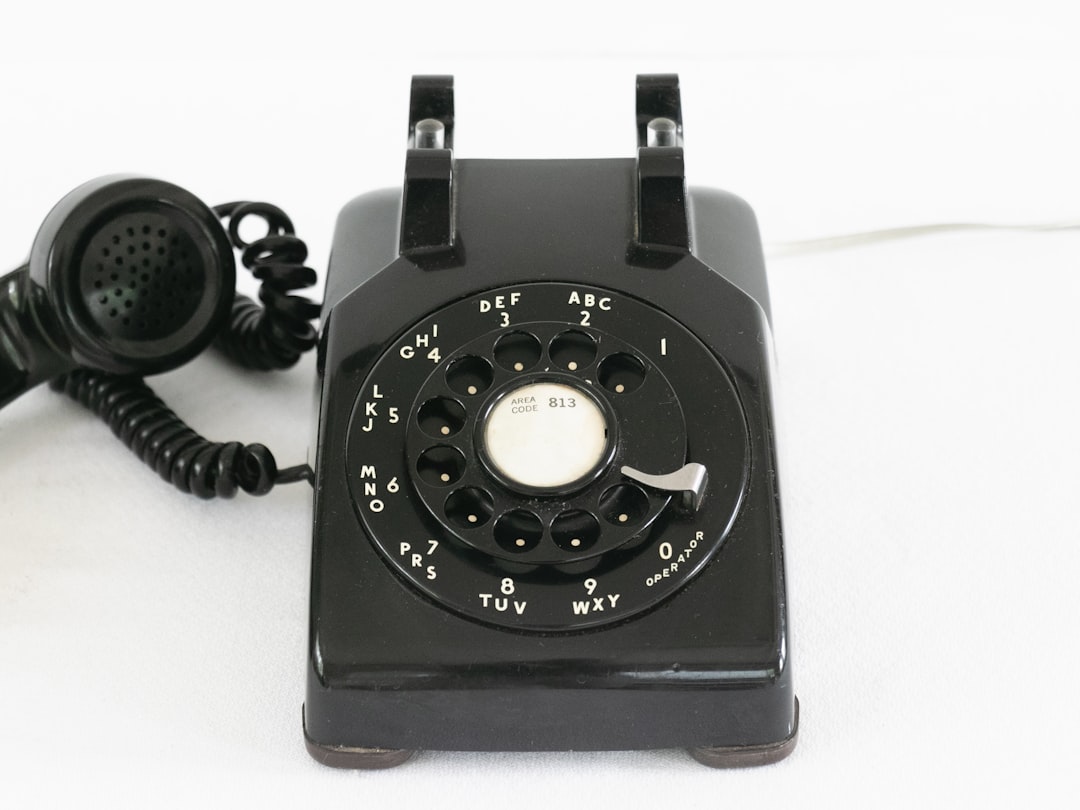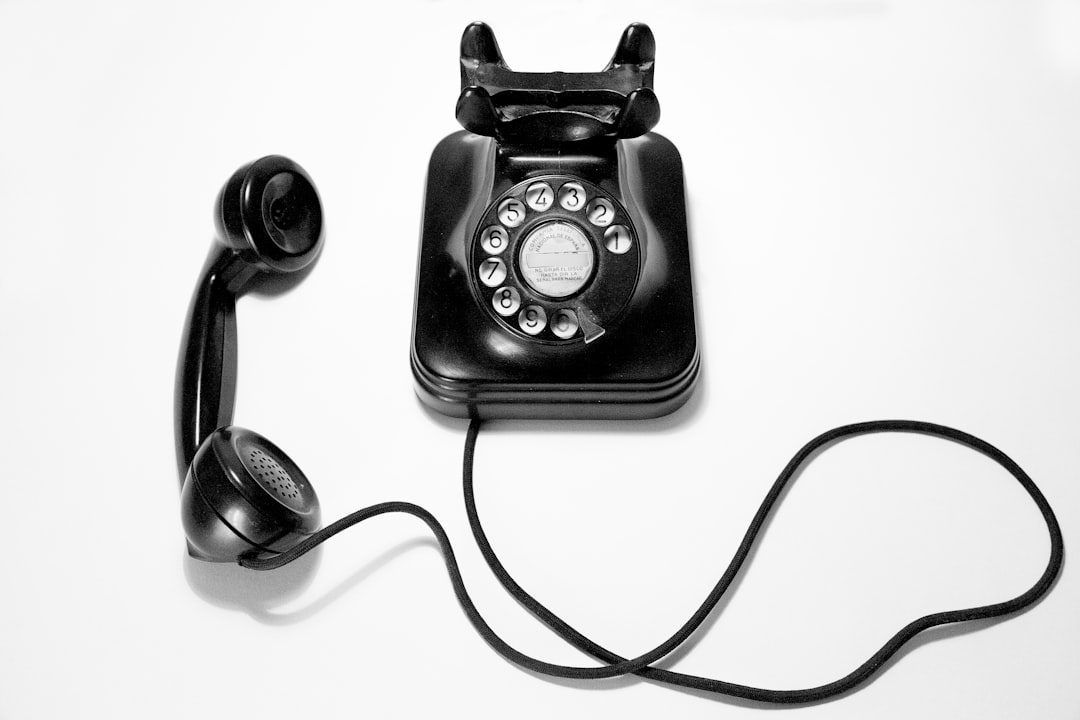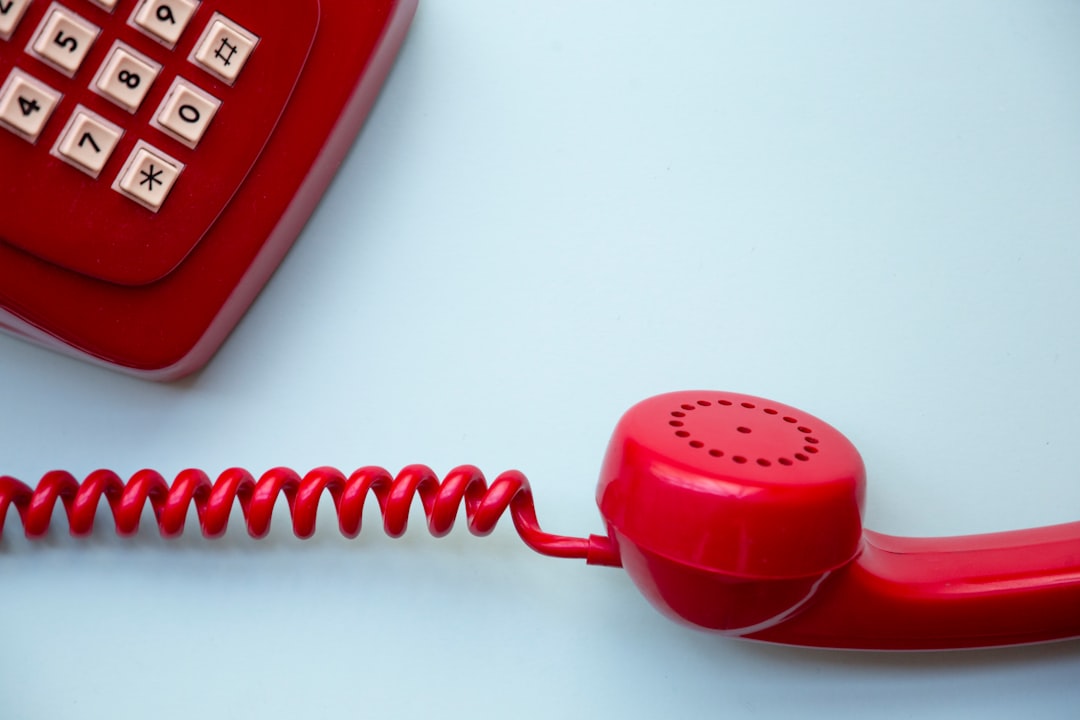

Engage prospects with a scan and streamline customer engagement with FREE QR code marketing tools by Sona – no strings attached!
Create a Free QR CodeFree consultation

No commitment

Engage prospects with a scan and streamline customer engagement with FREE QR code marketing tools by Sona – no strings attached!
Create a Free QR CodeFree consultation

No commitment
In today’s digitally driven world, QR codes have evolved from a novelty to a strategic powerhouse in bridging offline engagement with online action, as highlighted in this QR code survey. For telephone advertising services, QR codes represent a frictionless, data-rich way to turn every phone call, printed message, or post-call SMS into a high-converting digital touchpoint. They help close the gap between analog conversations and measurable online activity, allowing teams to act on interest signals that used to disappear as soon as the call ended.
This transformation is especially critical for organizations grappling with incomplete prospect visibility, engagement drop-off, and the difficulty of surfacing purchase intent quickly and accurately. By embedding QR codes into print ads, outbound scripts, mailers, signage, and SMS follow-ups, marketers can capture anonymous interest, track buyer journey progression, and minimize the friction that prevents people from moving smoothly from voice to web. With the right routing and automation, QR scans can feed lead scoring and segmentation flows without requiring new apps or heavy integrations.
When QR codes become a standard part of telephone advertising services, every offline interaction becomes measurable and scalable. Teams gain a more accurate data layer to identify which conversations and campaigns are moving the needle, what messaging resonates, and where prospects are demonstrating real purchase intent. The result is higher conversion rates, stronger attribution, and a connected experience that turns interest into action across your broader mobile and omnichannel marketing mix.

QR codes bridge the common gaps between physical touchpoints and digital results. They address persistent problems like prospects falling through the cracks after an outreach, paper-based workflows that never make it into your CRM, or high demo interest that goes unconverted due to lack of timely digital follow-up. When you build QR into your telephone advertising strategy, you reduce friction and create a reliable path from voice to verified action. See these practical tips.
Consider where analog processes slow down or lose people: printed scripts that never translate into measurable behavior, call agents reading long URLs over the phone, or direct mail with no way to attribute response beyond a vanity URL. QR-enabled assets let prospects move straight from offline outreach to a personalized landing page, booking flow, or survey that updates your systems instantly. The impact is immediate: fewer manual errors, faster handoffs to digital nurturing, and far better attribution.
By moving from manual notes and paper flyers to QR-linked forms and workflows, teams eliminate data loss and shorten the distance between interest and action. Centralized tracking keeps everything manageable at scale, while segmentation and automation ensure warm prospects get routed to the right experiences quickly.

Telephone advertising services often struggle with blind spots: high-value prospects who never make it into a CRM, anonymous site visitors who were primed by a call but never converted, or offers that perform well offline but cannot be attributed to revenue. QR codes address these pain points by joining offline interactions to real-time digital engagement, so interest becomes measurable and actionable.
The value is both operational and strategic. Operationally, QR codes simplify the customer’s next step, whether that is saving a contact, requesting a callback, or booking a demo. Strategically, QR-driven analytics remove guesswork. Teams can see who engaged, when they engaged, and what happened next, closing the loop on campaigns that previously lacked clear offline attribution and proving impact with confidence.
By integrating QR codes into direct mail, call scripts, and digital reminders, telephone advertisers gain the control and insight needed to capture hot intent, close gaps, and justify investments with data that ties engagements to outcomes.

Every campaign can benefit from QR codes, but the format you choose should match the action you want the prospect to take. Telephone advertising services often need quick contact exchange, appointment booking, fast feedback, or secure access. Select the format that removes friction and aligns with the desired outcome.
Dynamic QR codes are especially powerful in this vertical because they let you change destinations, segment based on scan source, and capture analytics without reprinting. Static codes still have a place for evergreen content like disclosures or legal notices. Blending both keeps your program flexible while preserving simple assets where tracking is not needed.
A platform like Sona QR can generate and manage these formats in one place, making it easy to standardize destinations, brand your codes, and maintain attribution at scale.

Growth often hides in the offline moments where prospects show interest but fail to convert. In telephone advertising services, these moments include direct mail that sparks curiosity, calls that end with a promise to research later, or post-call SMS messages that go ignored. QR codes can convert these moments into measurable engagement by offering a clear next step and capturing intent data in real time.
Audit your communications to identify where drop-off is most common. Then place QR codes in those exact moments so the next action is obvious and simple. The goal is to make every analog surface a digital onramp and every scan a signal that feeds your CRM and nurturing flows.
When every placement is intentional and tied to a use case, your QR program becomes a pipeline engine that collects the right data and accelerates conversion across channels.
Funnel leakage often happens when voice-to-web transitions break down or customer intent signals live only in analog interactions. These targeted use cases move offline engagement into a digital pipeline where progress can be tracked and optimized.
For best results, match each use case to a clear destination and objective. Construct short landing pages that load quickly, reduce form fields on mobile, and display a clear call to action. Combine dynamic QR codes with UTM parameters so your analytics reflect both scan context and downstream behavior.
Each use case turns a previously anonymous or unmeasured action into a clear signal. Over time, this builds a more complete picture of the buyer journey and reveals exactly where to invest for growth.
Every scan tells a story about interest, context, and timing. By deploying QR codes across multiple touchpoints, you can segment your audience automatically and use these segments to fuel retargeting, nurture, and sales alerts. This transforms your telephone advertising program from a series of isolated interactions into a connected, data-driven funnel.
The key is to align codes with journey stages and actions, then sync that data to your CRM and ad platforms. With centralized management, you can trigger the right follow-ups automatically, whether through email, SMS, or custom audiences for paid media. This ensures no scan goes unaddressed and every behavior informs your next move.
In telephone advertising services, meaningful distinctions include prospects who scanned from a mailed offer versus an SMS reminder, existing customers who scanned from an invoice versus new prospects from a billboard, and callers who scanned during a live conversation versus those who scanned a voicemail follow-up. Each group deserves messaging that reflects their context and level of intent. For deeper tactics, explore intent retargeting.
QR codes do more than link to a website. They connect offline efforts to digital engines, enabling real-time engagement and richer data collection across every channel in your mix. This is especially valuable when telephone advertising works alongside mail, events, and media buys that historically lacked clean attribution.
Create a connected funnel by mapping codes to each touchpoint, standardizing CTAs, and monitoring performance in a central dashboard. The right tooling lets you compare impact by channel, creative, and placement so you can shift budget and optimize messaging where results are strongest.
QR codes serve as the offline onramp to your digital marketing engine. With a centralized platform like Sona QR, you can manage your codes, monitor cross-channel performance, and sync scan data to your CRM and ad tools to maintain a consistent, measurable journey.
Winning QR campaigns start with clarity about the goal and destination, then layer in scannability, placement, and measurement. A structured approach ensures you collect the right data and improve performance over time instead of guessing what worked.
Before you begin, define the analog points that are causing friction: are prospects abandoning calls before scheduling, are mailers creating interest with no way to track it, or are post-call follow-ups not generating replies. Use this checklist to build a program that closes those gaps.
Done well, this approach captures signals that would have been lost and uses them to improve marketing and sales performance without overwhelming your operations.
A common challenge in telephone advertising is connecting offline actions to revenue. A phone call or printed offer can drive interest, yet the data trail often ends there. QR codes enable end-to-end attribution by linking scans to sessions, forms, bookings, and ultimately to pipeline and revenue metrics.
Start by choosing a platform that pairs scan analytics with identity resolution and CRM integration. This ensures that engagement data flows into the systems your teams already use and that each new signal can trigger the right follow-up. Over time, you will see which offline moments and messages influence outcomes, not just interactions.
With Sona QR capturing real-world engagement and Sona.com turning that engagement into actionable insights, you can prove impact, predict outcomes, and make QR codes a durable part of your performance marketing strategy.
Scaling QR success requires consistent execution and a focus on the buyer journey. Small improvements to placement, messaging, and automation can create outsized gains in scan rates and conversion.
Prioritize the tactics that align with your most common media and customer interactions. For telephone advertising services, that usually means direct mail, call scripts, post-call SMS, and event materials. Add creative deployments in places where customers are already engaged with your brand.
Creative deployment examples include QR codes on appointment reminder cards that link to rescheduling flows, QR codes on printed invoices that lead to account upgrades or autopay setup, and QR codes on welcome kits that launch onboarding videos and training sessions. Each placement makes a routine interaction more valuable and measurable.

Organizations across sectors have modernized telephone advertising with QR codes and seen measurable improvements in conversion, data quality, and speed to action. These examples highlight how simple scans can change outcomes across enrollment, feedback, and events.
In each case, the common thread is a clear destination that fulfills a promise and a measurement framework that tracks scan-to-revenue impact. The combination of thoughtful placement and strong analytics turns offline intent into a reliable digital signal.
Use these ideas as templates: identify a frequent offline moment, define the desired action, place a QR with a clear CTA, and ensure the destination is fast, mobile-friendly, and tracked.
Experience shows that a few best practices can dramatically improve QR performance in telephone advertising. Likewise, several common pitfalls can suppress scan rates or break attribution. Address them proactively to keep your program efficient and effective.
Focus on the experience after the scan. Even an eye-catching code and compelling CTA cannot overcome a slow page or a confusing form. Mobile optimization and clarity of purpose are essential.
QR codes are more than a shortcut; they are a strategic lever. For telephone advertising services, they make it possible to transform every script, printed piece, or SMS follow-up into a measurable digital entry point, capturing not just moments of interest but the contextual data needed for meaningful engagement and pipeline growth.
This approach empowers teams to move leads seamlessly from voice or print to digital action, fosters instant engagement, and provides a complete feedback loop for optimizing spend and content across every channel. By thoughtfully deploying QR codes, even previously anonymous or unconverted intent becomes visible and actionable, ensuring every prospect journey is connected, measurable, and growth-focused.
Organizations in telephone advertising services can experience firsthand how QR codes enable them to recapture lost opportunities, maximize upsell signals, and clearly track which campaigns drive the greatest impact, turning every touchpoint into an engine for engagement and measurable results. Start creating QR codes for free.
QR codes have revolutionized telephone advertising services by transforming traditional calls into interactive, measurable conversion drivers. They empower advertisers to not only acquire new customers but also enhance caller engagement and streamline follow-up actions through instant access to digital content. Imagine knowing exactly which phone campaigns inspire immediate responses and how each interaction contributes to your bottom line.
With Sona QR, creating dynamic, trackable QR codes is effortless—allowing you to update campaigns instantly without reprinting materials and connect every scan directly to revenue insights. This means no missed leads and smarter, more efficient telephone advertising strategies that truly convert.
Start for free with Sona QR today and turn every phone interaction into a powerful opportunity for growth and customer connection.
QR codes can be embedded into call scripts, mailers, post-call SMS, and signage to create frictionless digital touchpoints that link offline interactions to online actions such as booking appointments, requesting quotes, or completing surveys.
QR codes improve customer engagement by reducing friction, enabling immediate next steps, capturing anonymous interest, providing measurable data for attribution, and allowing dynamic updates without reprinting materials.
By providing quick, accurate, and easy scanning options that eliminate the need to type URLs or remember instructions, QR codes increase scan-to-conversion rates and keep prospects engaged through personalized, mobile-optimized experiences.
Examples include a telecom provider increasing online applications by 30 percent with QR-enabled mailers, a financial services call center boosting survey responses by 20 percent through QR codes on receipts, and an event agency segmenting leads via QR codes on badges to improve follow-up engagement.
Businesses can use platforms that track scan data by time, device, and source, connect scans to form completions and bookings, sync data to CRMs for lead scoring, and analyze scan-to-revenue attribution to optimize campaigns.
Use Sona QR's trackable codes to improve customer acquisition and engagement today.
Create Your FREE Trackable QR Code in SecondsJoin results-focused teams combining Sona Platform automation with advanced Google Ads strategies to scale lead generation

Connect your existing CRM

Free Account Enrichment

No setup fees
No commitment required

Free consultation

Get a custom Google Ads roadmap for your business






Launch campaigns that generate qualified leads in 30 days or less.
